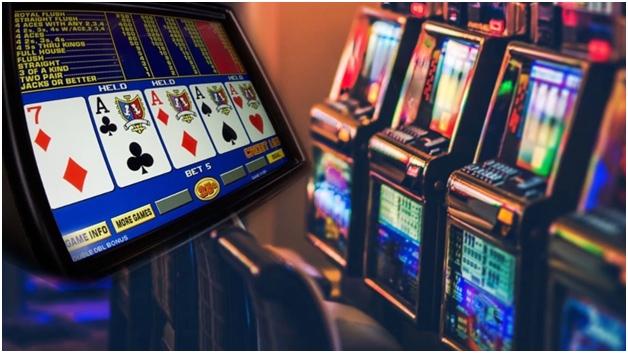
How 5G is Powering Real-Time Innovation Across Industries
5G is no longer a distant promise. It’s here, reshaping how devices connect, how businesses operate, and how people interact in digital spaces. With its remarkable speed and ultra-low delay, this new wave of mobile connectivity is already making an impact across industries. From healthcare to entertainment, and from logistics to live communication, the shift to real-time responsiveness is redefining what’s possible in everyday life and work.
One of the most visible transformations is happening in the digital entertainment sector. Streaming platforms, mobile gaming, and immersive technologies are all benefiting from the seamless, lag-free connections made possible by 5G networks. This includes the evolution of online gaming environments, which now offer richer, more responsive experiences than ever before. For example, online casinos in Canada are harnessing 5G to deliver high-quality, real-time gameplay for adult users. With mobile usage on the rise, these platforms are leveraging faster connections to enhance live dealer games, enable instant betting, and provide uninterrupted video streaming, all of which contribute to a more engaging and secure user experience. The result is a smoother, more dynamic platform that meets the expectations of modern users who demand speed and reliability.
This shift is not limited to the entertainment industry. Healthcare services are using 5G to support remote diagnostics and live consultations between patients and specialists. With delay cut down to milliseconds, high-resolution scans and video feeds can be reviewed in real time, reducing the need for travel and speeding up decision-making. In places where access to specialists is limited, this kind of direct, low-lag communication makes a meaningful difference. It allows patients to receive professional advice from across the country without leaving their local clinic. Medical devices that transmit data wirelessly are also starting to respond faster, giving healthcare teams a clearer view of patient progress from afar.
Live communication has also improved across industries. Video calls are more stable, buffering has dropped significantly, and meetings held over mobile devices now run with near desktop-level reliability. For customer service and remote teams, this creates more natural conversations and less time lost due to technical interruptions. In sectors like finance, law, and engineering, where clarity and timing matter, this increase in mobile network quality is having real benefits. Businesses that rely on secure, rapid file sharing and consistent voice communication have gained new levels of performance that were once limited to wired connections.
Transport and logistics are also seeing a shift. Vehicles equipped with smart sensors, GPS, and communication tools now operate more efficiently thanks to faster data exchanges. Trucks can report real-time traffic changes, warehouse systems can coordinate deliveries live, and navigation tools become more precise. On city roads, connected traffic signals and driver alerts powered by 5G are being explored to improve both flow and safety. These small changes, multiplied across networks, mean less congestion and more reliable services. Public transport systems are also tapping into 5G to track movement and reduce delays through smarter scheduling and instant updates.
Remote work, once a growing trend, has now become a primary mode of operation for many professionals. Designers, developers, data analysts, and editors frequently work on large projects stored in the cloud. With 5G, loading times drop, and mobile uploads or edits happen more fluidly, even from outside traditional office environments. Teams can collaborate without the friction of poor connections or long syncing delays. Presentations, meetings, and revisions all happen more smoothly, allowing workers to stay productive wherever they are.
Even the retail sector is being reshaped. Stores now rely on faster mobile connections for everything from in-aisle price checks to real-time promotions and digital payments. Businesses can track stock more accurately, while customers benefit from faster service both online and in person. Behind the scenes, this means fewer delays, better customer satisfaction, and a clearer view of day-to-day operations. Smart shelves, interactive displays, and contactless checkout systems are all becoming easier to manage and more responsive thanks to mobile speed.
The growing presence of 5G is not only speeding up digital tasks, but it’s also altering how entire sectors interact with data, people, and systems. From the way goods move across cities to the way people access entertainment and healthcare, the world is shifting into something faster, sharper, and more connected.
Photo: iStock









